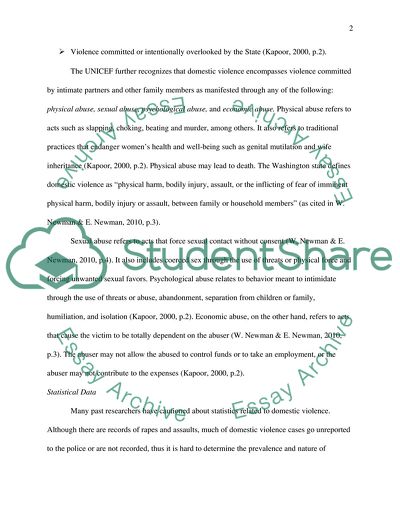Cite this document
(“Definition and History of the Term Domestic Violence Paper - 1”, n.d.)
Definition and History of the Term Domestic Violence Paper - 1. Retrieved from https://studentshare.org/psychology/1438679-domestic-violence
Definition and History of the Term Domestic Violence Paper - 1. Retrieved from https://studentshare.org/psychology/1438679-domestic-violence
(Definition and History of the Term Domestic Violence Paper - 1)
Definition and History of the Term Domestic Violence Paper - 1. https://studentshare.org/psychology/1438679-domestic-violence.
Definition and History of the Term Domestic Violence Paper - 1. https://studentshare.org/psychology/1438679-domestic-violence.
“Definition and History of the Term Domestic Violence Paper - 1”, n.d. https://studentshare.org/psychology/1438679-domestic-violence.


